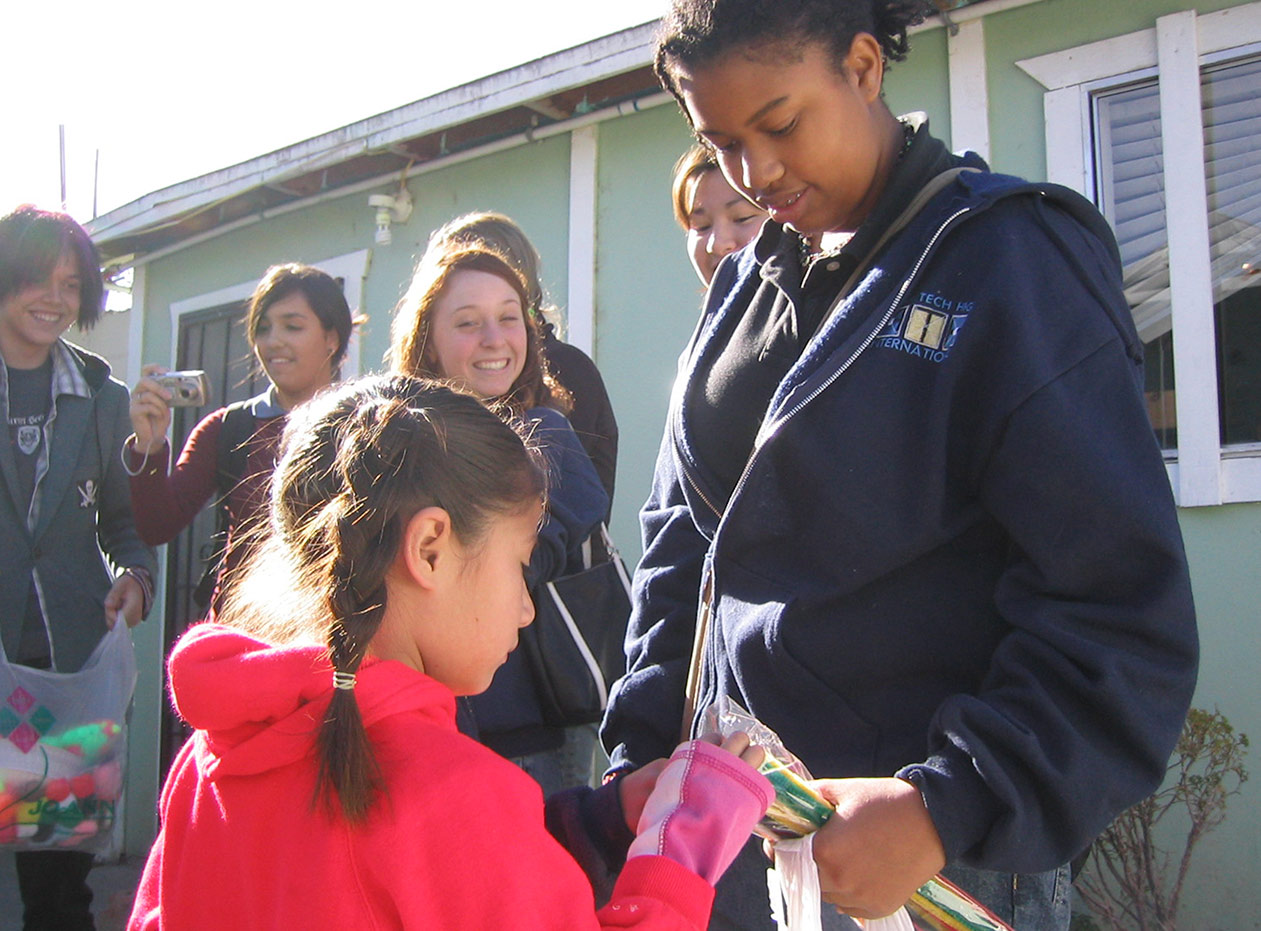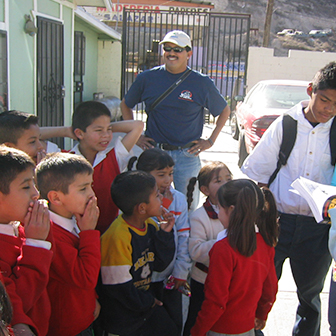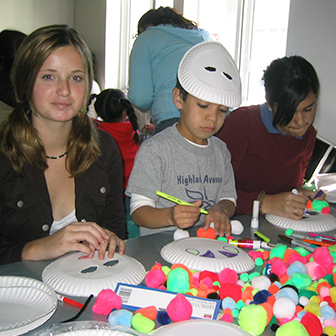PROJECT DESCRIPTION
INSTRUCTORS
SCHOOL SITE
LEVEL
SUBJECTS

How are things different when you cross the U.S.-Mexico border and why?
Narrow Essential Question: Students will each choose his/her own individual essential question based on the general essential question listed above. This question will be the focus of your project.
Some examples are:
• Why do Mexicans speak Spanish and Americans speak English?
• Why is a McDonald’s so hard to find in Tijuana?
• Why do the living conditions in Mexico seem much poorer than in the U.S?
• Why can’t I drink the water in Mexico?
• Who do people illegally cross the border into the U.S. from Mexico and not vice versa?
The final product is a news magazine modeled on National Geographic. Each class will create a magazine that, as a whole, will answer the overall essential question. The magazine will have all original photography, artwork and writing. Because of our close proximity to Mexico, we traveled to Tijuana with our students for the day to research these issues firsthand.
In addition to creating the above final deliverables, students will be studying the poetry of Latino authors (for example, Anzaldua), writing their own poetry, holding literature circles on a novel by a Latino author, and studying Mexican history, from Spanish colonization to present.

What Went Well With This Project:
Student engagement was high. We purposely created realistic roles (editors) to increase buy-in. We invited a photo editor into the class to give photo tips and advice for our investigative trip across the border. This was a great project that was very individualized but provided enough structure for each student to be able to create a finished product.
What I Would Do Differently Next Time:
Try to get more guest speakers into the classroom and better prepare the students for interviews during our trip to Tijuana. (Do more trip prep.)
Recommendations For Others Who Want To Try This Project:
Guest speakers are always fantastic. Have fun! I especially enjoyed learning photography basics such as the rule of thirds and analyzing photos in magazines with the kids.
The final product is a news magazine modeled on National Geographic. Each class will create a magazine that, as a whole, will answer the overall essential question.
Each person will be required to include the following in the magazine:
• Article that answers the narrow essential question
• Original photos to compliment essay
• Graphic section (insert or pullout section) that illustrates the scientific and/or economic concepts underlying the answer to your narrow essential question.
In addition, each student will be writing a letter to a government official advocating a political action based on your research. In addition, they will be making a pinhole camera and taking original photographs with your homemade camera.


History Component:
10.10 Students analyze instances of nation-building in the contemporary world in at least two of the following regions or countries: the Middle East, Africa, Mexico and other parts of Latin America, and China.
Writing Component:
1.0 Written and Oral English Language Conventions
Students write and speak with a command of standard English conventions.
Grammar and Mechanics of Writing
1.1 Identify and correctly use clauses (e.g., main and subordinate), phrases (e.g., gerund, infinitive, and participial), and mechanics of punctuation (e.g., semicolons, colons, ellipses, hyphens).
1.2 Understand sentence construction (e.g., parallel structure, subordination, proper placement of modifiers) and proper English usage (e.g., consistency of verb tenses).
1.3 Demonstrate an understanding of proper English usage and control of grammar, paragraph and sentence structure, diction, and syntax.
Manuscript Form
1.4 Produce legible work that shows accurate spelling and correct use of the conventions of punctuation and capitalization.
1.5 Reflect appropriate manuscript requirements, including title page presentation, pagination, spacing and margins, and integration of source and support material (e.g., in-text citation, use of direct quotations, paraphrasing) with appropriate citations.
Literature Component:
3.0 Literary Response and Analysis
Students read and respond to historically or culturally significant works of literature that reflect and enhance their studies of history and social science. They conduct in-depth analyses of recurrent patterns and themes. The selections in Recommended Literature, Kindergarten Through Grade Twelve illustrate the quality and complexity of the materials to be read by students.
Literary Criticism
3.11 Evaluate the aesthetic qualities of style, including the impact of diction and figurative language on tone, mood, and theme, using the terminology of literary criticism. (Aesthetic approach)
3.12 Analyze the way in which a work of literature is related to the themes and issues of its historical period. (Historical approach)
1. Understand the challenges in the regions, including their geopolitical, cultural, military, and economic significance and the international relationships in which they are involved.
2. Describe the recent history of the regions, including political divisions and systems, key leaders, religious issues, natural features, resources, and population patterns.
3. Discuss the important trends in the regions today and whether they appear to serve the cause of individual freedom and democracy.
Handouts:
Job Application Students will apply for specific jobs within the class with this application process.
Project sheet This is an overview for the students of the requirements.
Rubrics:
International Geographic Rubric